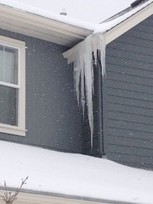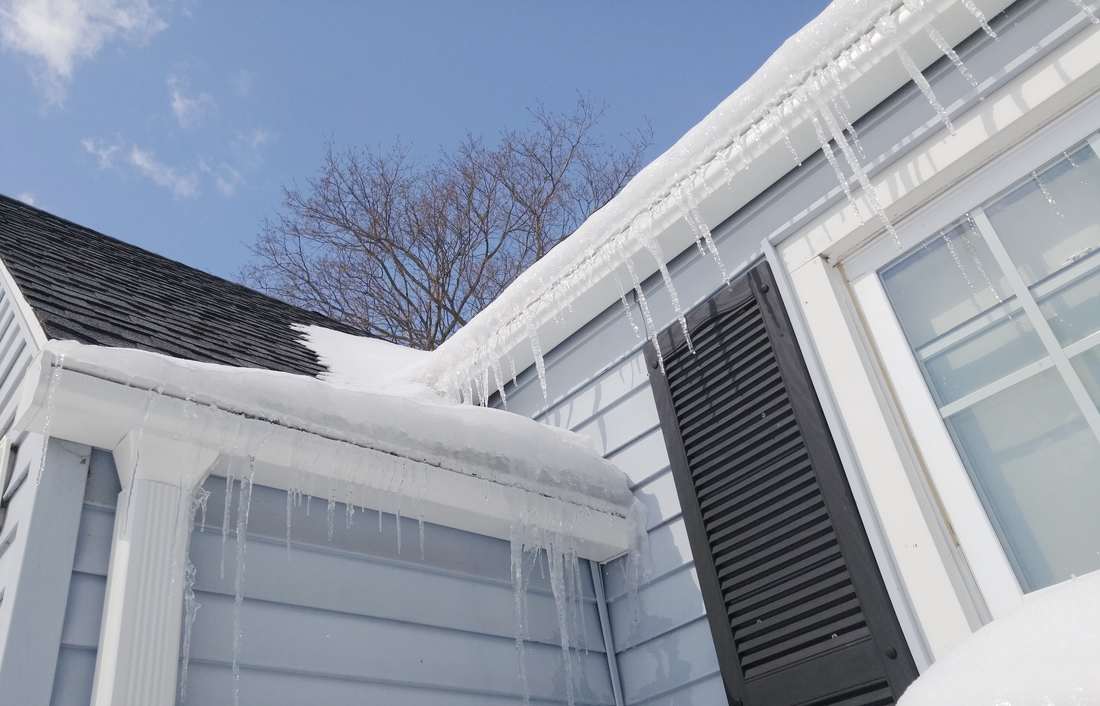Gutters are one of the most overlooked aspects of the home. Homeowners disregard their presence, perhaps only cleaning them once in the fall and spring, or repairing them when they are damaged.
In areas susceptible to heavy snow and harsh winters, gutters face significant challenges that need to be addressed proactively. Colorado regularly experiences harsh winter weather that can wreak havoc on gutters. Ice dams easily build in gutters as layers of precipitation freeze on top of one another, blocking water drainage until it melts. Icicles often form underneath gutters, posing a danger for those walking underneath. When spring arrives, the melting slush on the roof can cause water damage in the upstairs of your house and the gutters themselves may collapse under the ice’s heavy weight. Those living in colder climates can attest to the incredible snow and ice buildup that occurs every year. Winter can be an uphill struggle fighting ice dams and icicle formation. If you have found yourself with a miniature iceberg capping your home, it is time to remove the ice.
Winter is officially here along with snow, cold temperatures, and cozy nights in. However, the frigid temperatures can wreak havoc on different parts of your home--including your gutters. These temperatures, snow and ice can damage your homes gutters so drainage is impeded and causes multiple problems in and around your home.
Want to learn more? Keep reading to learn about common winter damage to gutters and how to spot them. Maintaining clean and functional gutters is important any time of year, but becomes particularly crucial as the weather grows colder. Blocked or damaged gutters can cause considerable damage over the winter, representing hundreds or thousands of dollars in repair costs.
Fortunately, with a few simple steps and little to no money, homeowners can take a few simple steps during the fall months to ensure they enjoy the benefits of their gutters all winter long. |
|
|
Call Today: 303-447-1555
|
Copyright ©2023 Colorado Seamless Gutters, Inc. All rights reserved. | SEO & Digital Marketing by Infront
We accept:







